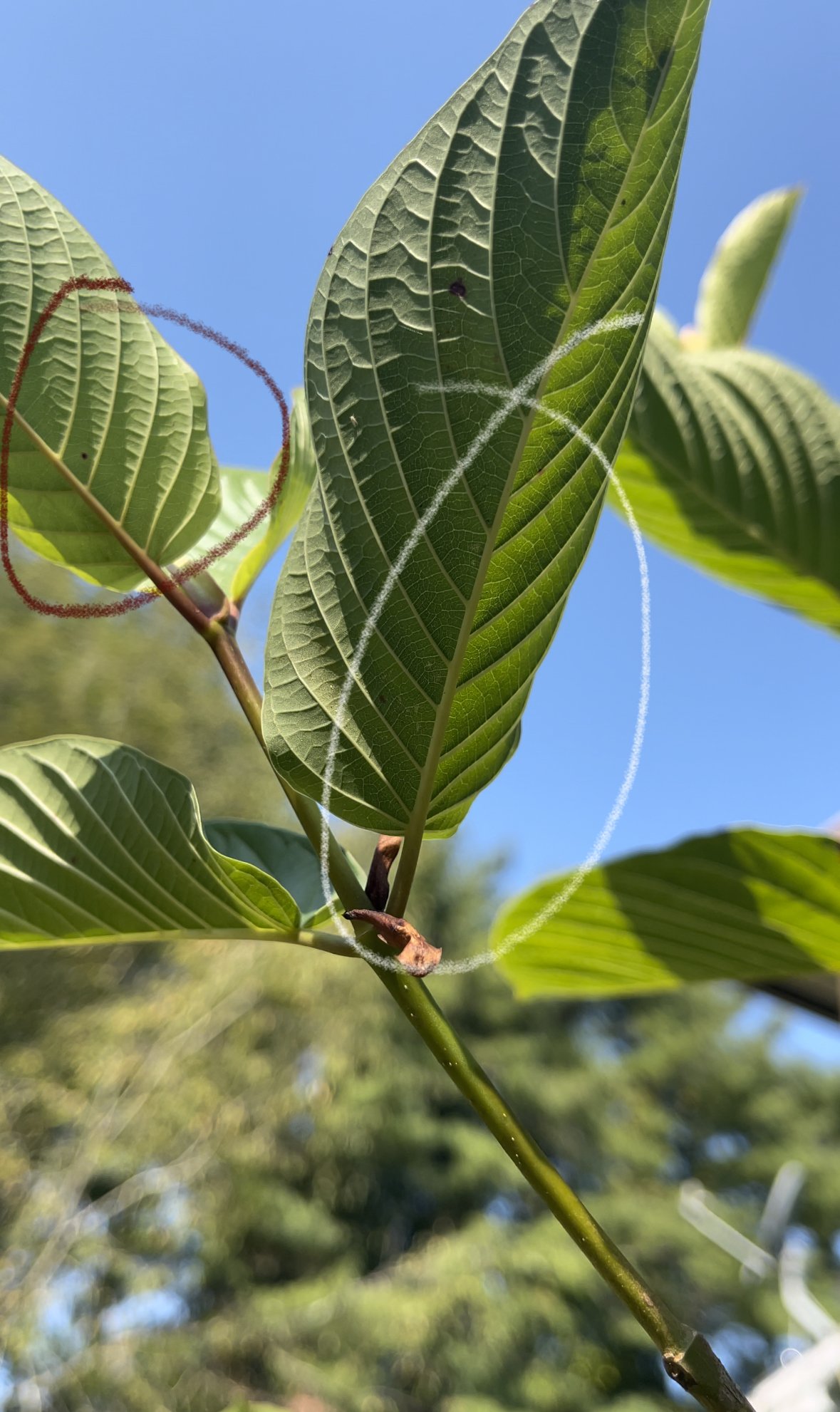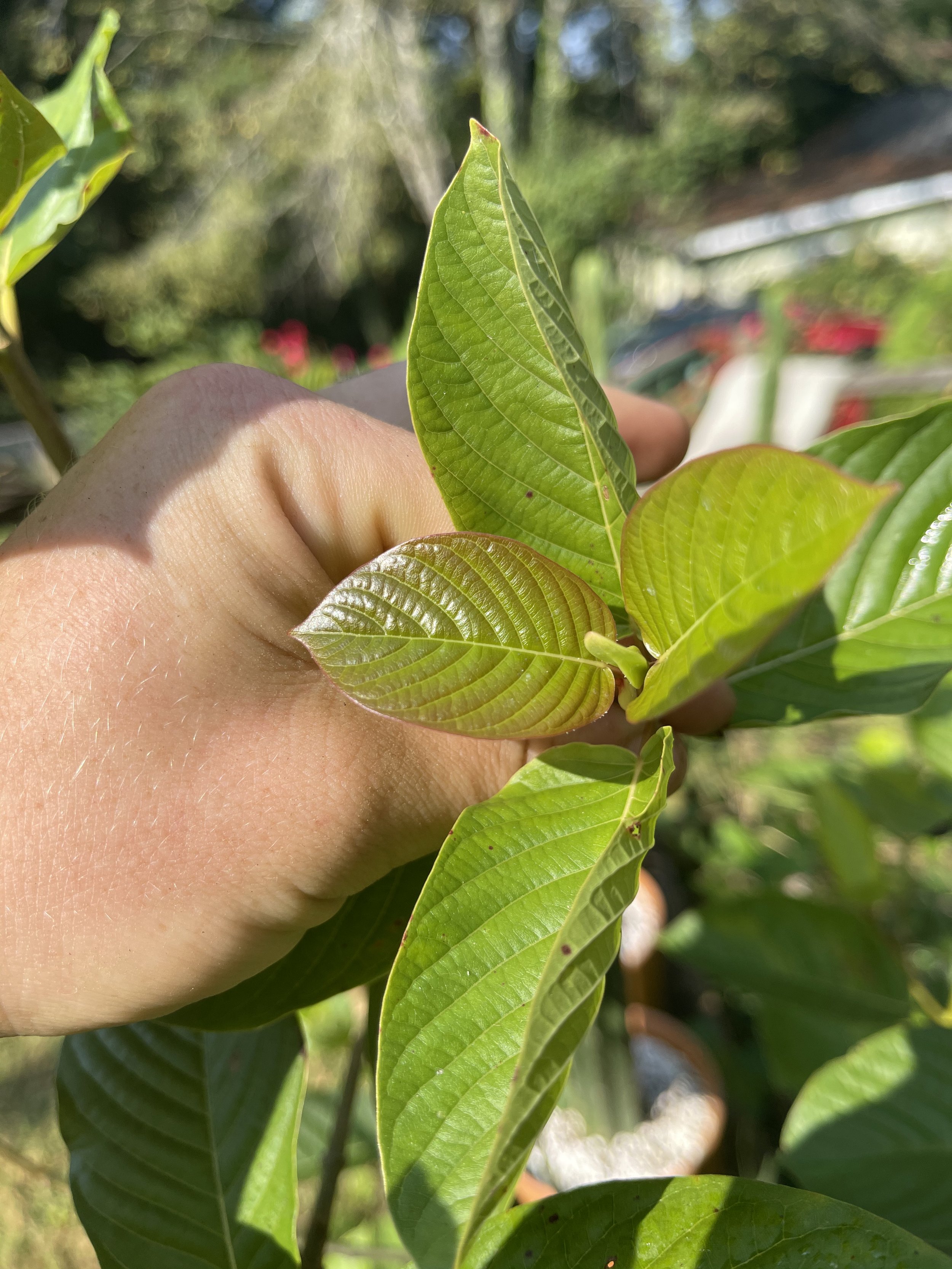The Great Debate: Do Kratom "Strains" Actually Exist? (8 Minute Read)
why do we only offer 3 strains?
While most Kratom users quickly recognize strain names such as “Bali Gold” “White Elephant” or “Red Thai” Kratom strains do not actually exist! Contrary to popular belief, there is only ONE type of Kratom tree and it is actually the curing/drying process that is responsible for the end result.
We know this sounds questionable at first, but bear with us...
Similar to how Green, White, Black, and Oolong tea all come from the same plant (Camellia Sinensis) Kratom strains too are derived from the same plant (Mitragyna Speciosa). It is the method in which the leaves are processed that determines the end result. With tea, the levels of oxidation and light during the curing/drying process is responsible for the final color, flavor, and alkaloid profile, and the same goes for kratom. In actuality, there are only THREE traditional curing methods for kratom, each resulting in a powder that differs in color and alkaloids - Green, White, and Red.
The inconvenient truth is that strain/vein names are used as a marketing gimmick, and now the kratom community is just accustomed to hearing these names. The most common strain name is “Maeng Da” which is just Thai for “the good stuff” or “pimp grade”, it is a term to describe the quality but not to differentiate between actual plant strains. This is why we named our most popular powder “Maeng Da”.
Indonesian vendors will tell you they have any strain you ask for so they don't turn away business when in reality they will send the same powder with different labels! This is where the “placebo effect” comes in.
Depending on soil PH, nutrition, oxygen levels, and maturity, the Kratom tree may produce different colored leaves and stems. Again this does not mean there are multiple strains of the plant, it just means that the plant has mechanisms for adapting to new environments! Another big misconception is that the color of the vein is responsible for the color/effect when in fact every Kratom tree will show a red, green, or white vein at different stages of the plant's growth!
Demonstrating with our own Kratom plant grown at Sakti Botanicals
To demonstrate this process, we have created a “Red Strain” and a “Green Strain” with our very own Kratom plant in Asheville, NC. All of the dried leaves in this photo come from exact same plant! The red leaves were cured outside in direct, full sunlight. The green leaves were dried quickly in a completely dark room with fans.
In the photos below, notice the variations in the color of the leaf and veins. Keep in mind all the photos are from the same one plant! We have observed the younger leaves turning a red color with the veins showing red as well. Once the leaf gets to a mature size it has become a green/pale green (white) color.
We named this Kratom plant Sakti!
The Traditional Process in Indonesia
Green Strain Curing Process:
A “Green Strain” is created by quickly drying the leaves with air flow and a dark room before being milled into a fine powder. This process preserves the original alkaloid profile of the live plant as well as creating a bright green color and aroma.
White Strain Curing Process:
There are 2 common ways to create a “White Strain” this first is similar to making a green, the difference being the white leaves are introduced to sunlight for a short window of time to oxidize slightly then cured slowly in low light conditions with less fanning. The other most common method is to mix a “Green Strain” with a “Red Strain” by about 25% red 75% green.
Red Strain Curing Process:
A true “Red Strain" is traditionally fermented before drying in full sun. But due to bacteria growth, a more common method is drying in full sunlight. When Kratom is exposed to full sunlight the main alkaloid known as Mitragynine is converted in small amounts through oxidization to the more potent and different alkaloid known as 7-Hydroxymitragynine.
Conclusion
While we agree that strain names are indeed fun, there is already enough misinformation circulating the web about Kratom. At Sakti Botanicals we care deeply about advocation and education for this wonderful plant. By taking this approach we have turned away many customers that were looking for their favorite strains, but we are proud to be transparent.
Thanks for reading.





